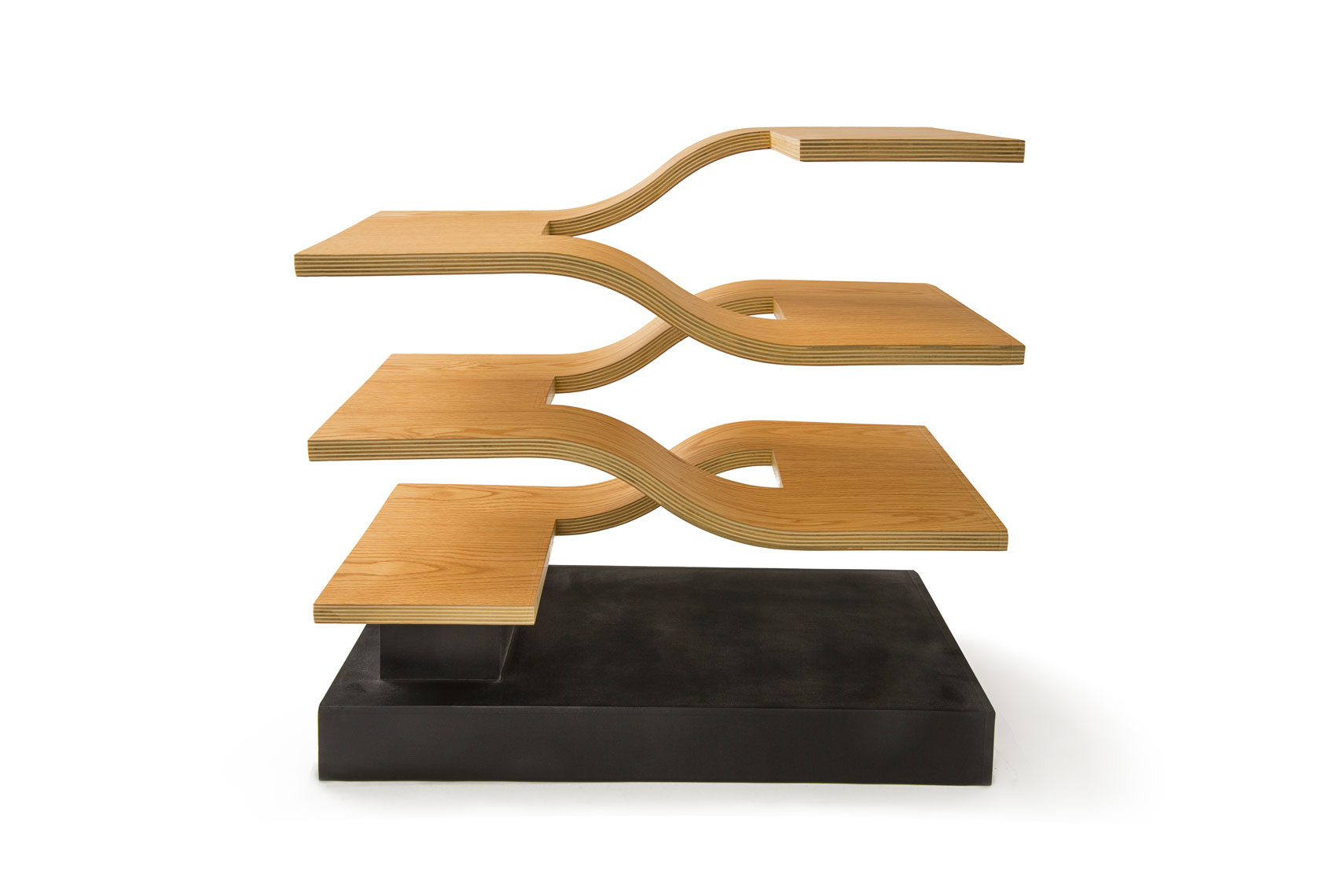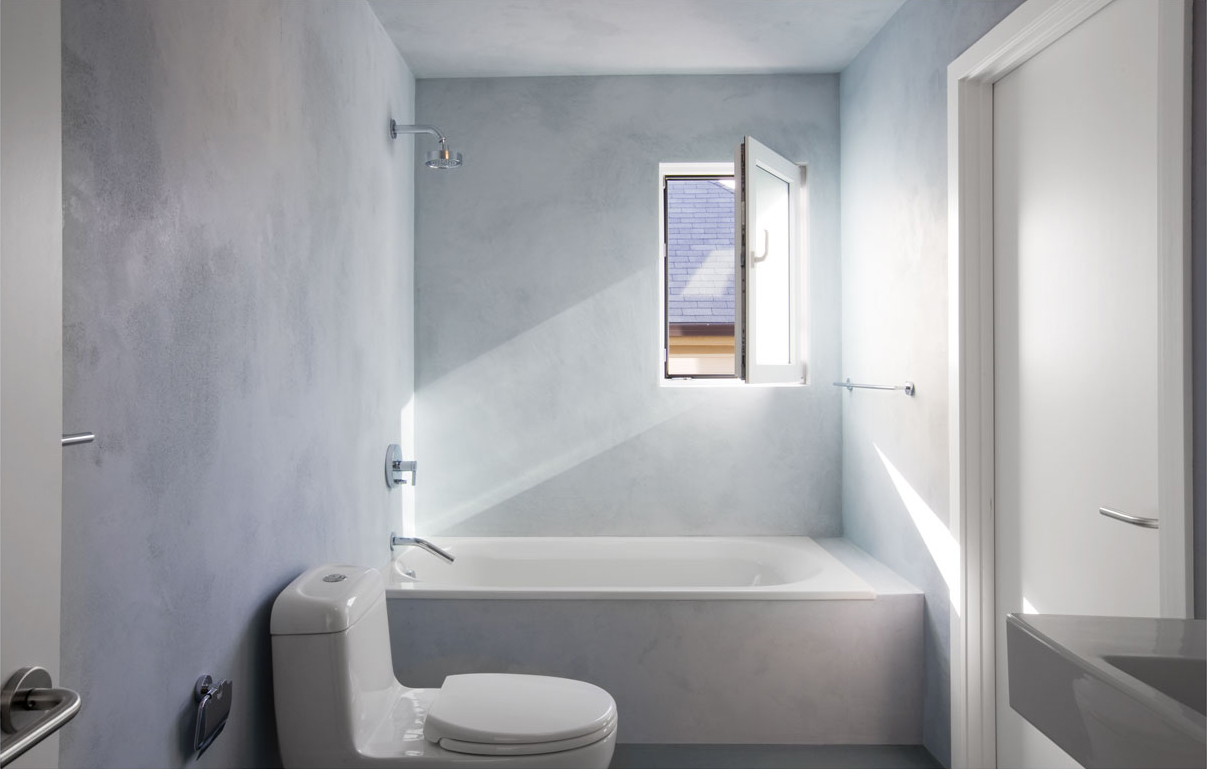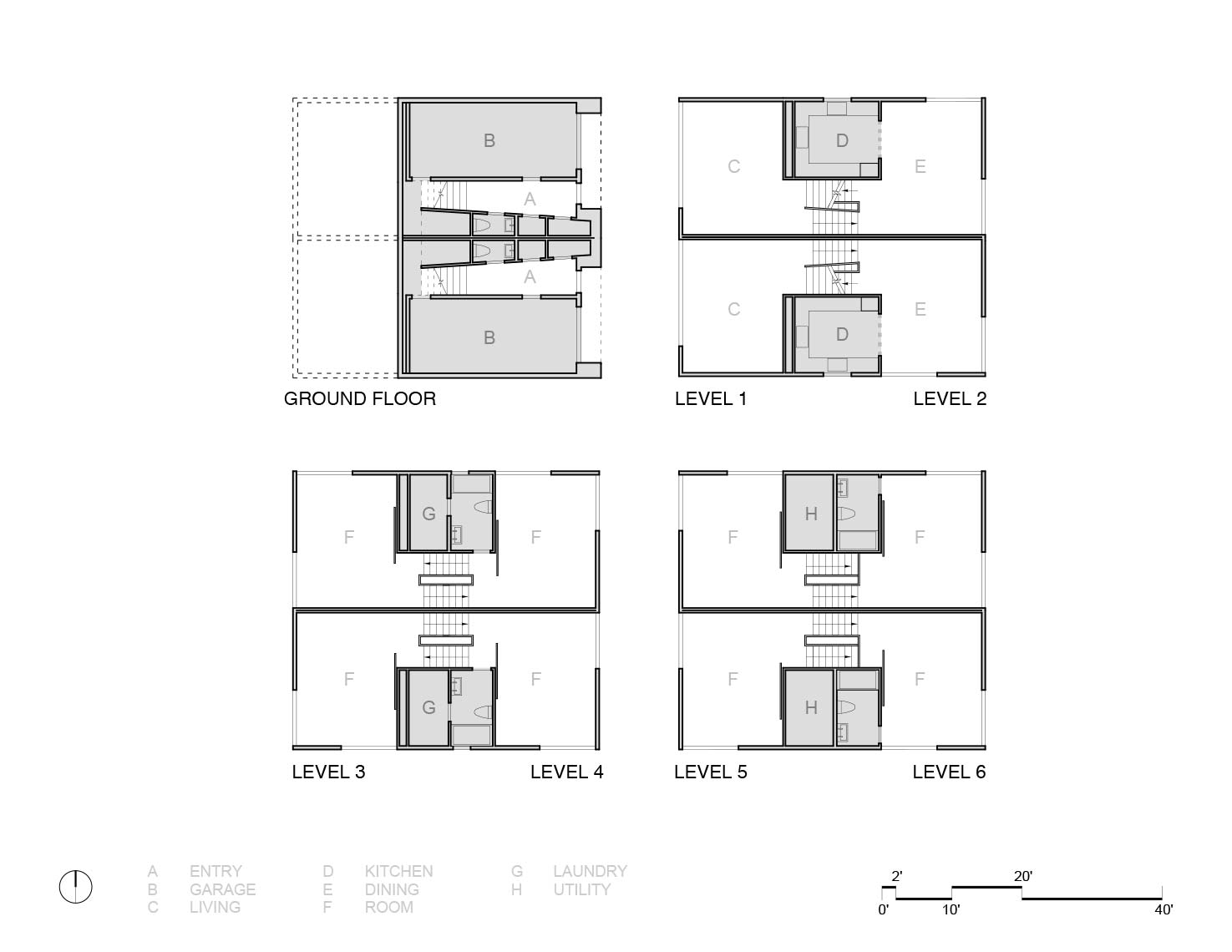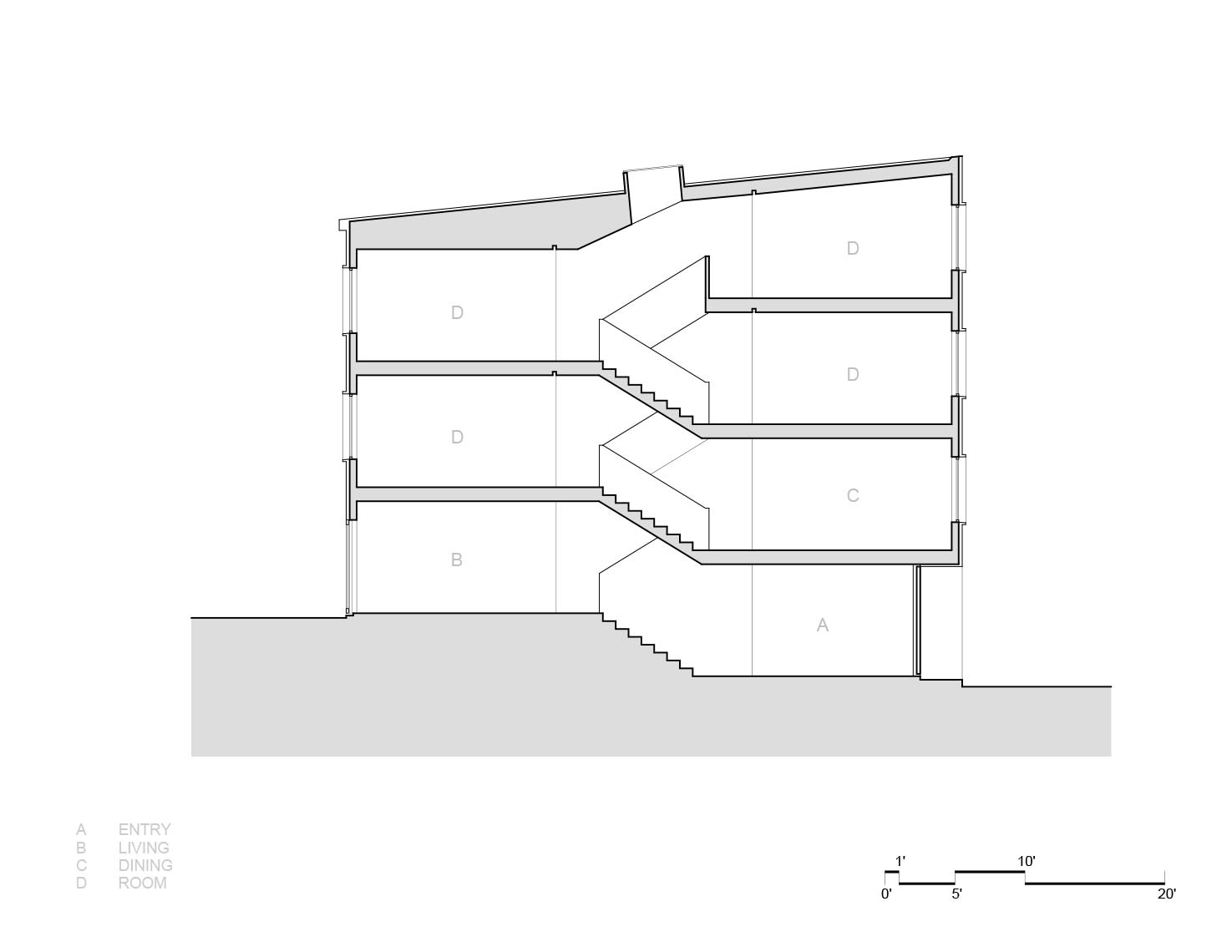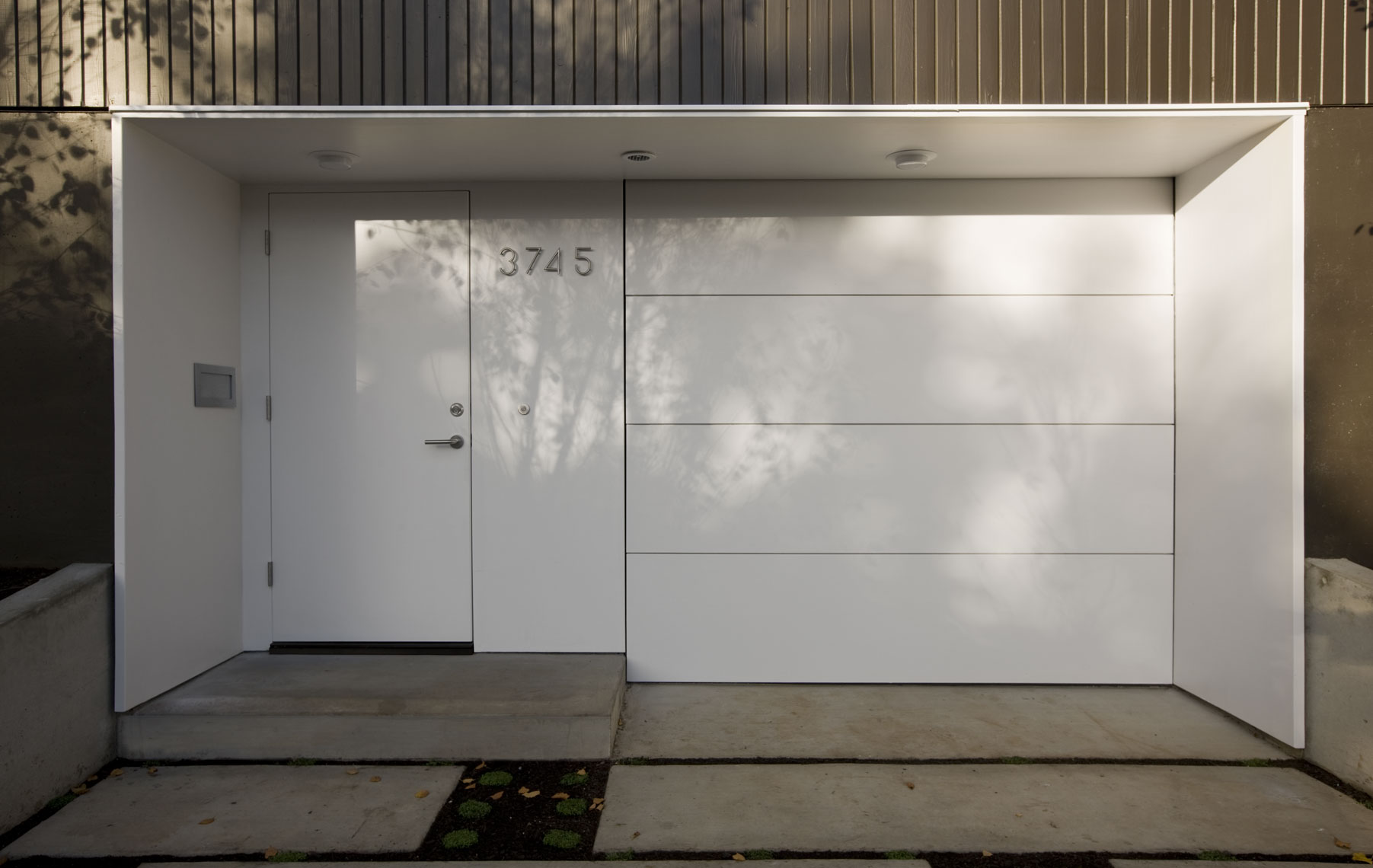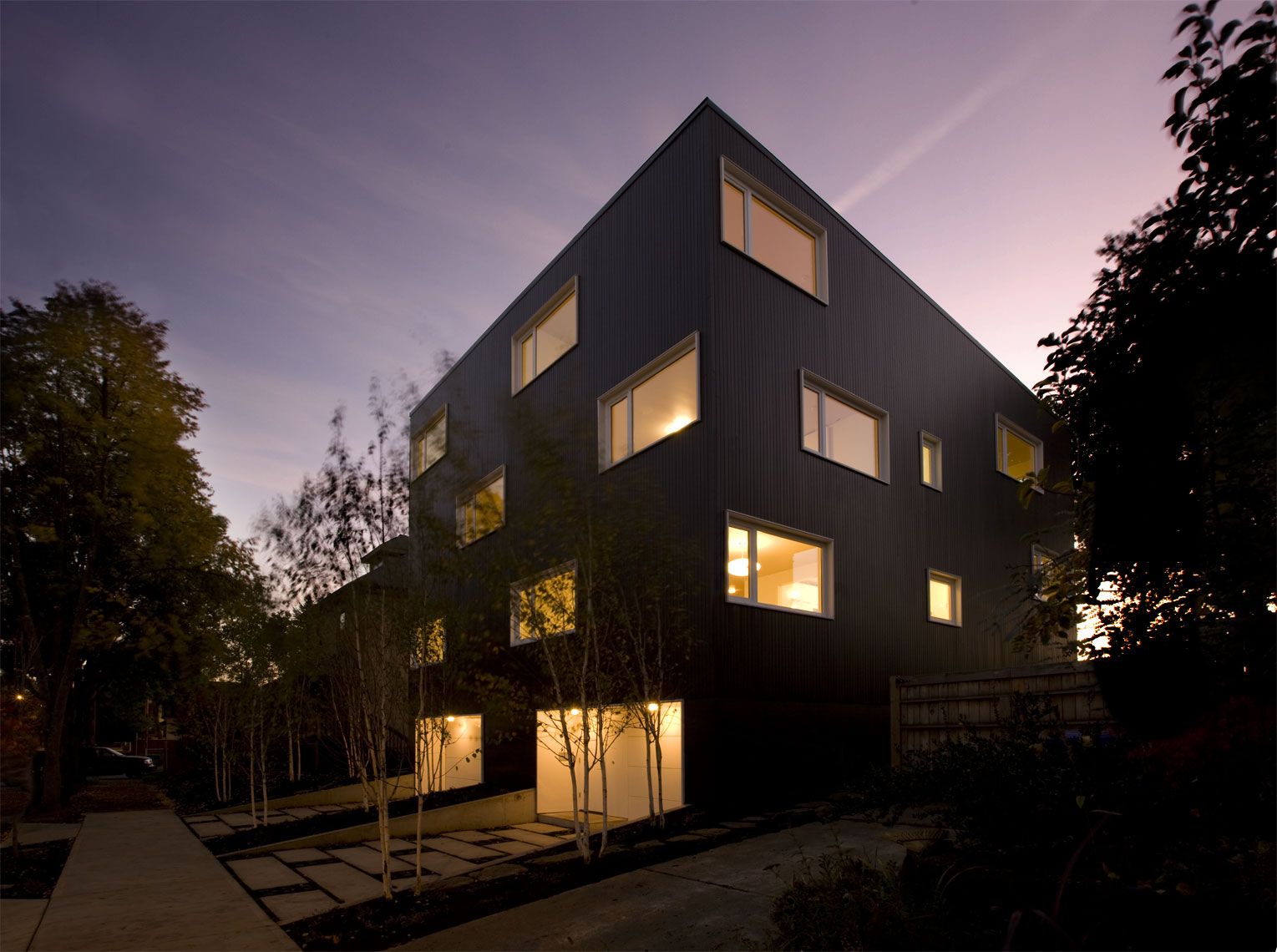
Z-Haus
Location:
Portland, Oregon
Type:
Multi-Family
Size:
3,600 sf
Owner:
Ben Waechter & Daria Crymes
Photographer:
Steven Miller
Status:
Completed 2008
Awards:
2010 AIA Citation Award
Press:
2010 Oregon Home Magazine
2010 Dwell Magazine
2009 Urban Land Magazine
2009 Portland Monthly
2008 Portland Architecture
Portland, Oregon
Type:
Multi-Family
Size:
3,600 sf
Owner:
Ben Waechter & Daria Crymes
Photographer:
Steven Miller
Status:
Completed 2008
Awards:
2010 AIA Citation Award
Press:
2010 Oregon Home Magazine
2010 Dwell Magazine
2009 Urban Land Magazine
2009 Portland Monthly
2008 Portland Architecture
Six Rooms - The Z-Haus consists of two attached row houses constructed on a 50’ x 100’ urban infill lot. The strategy was to build up rather than out to maximize outdoor living space and minimize the building footprint. Each house is made up of 6 rooms that are offset at every half-story and smoothly joined by a series of half-flight stairs. From any room one can simultaneously view the next level up and the level below, vertically unifying all living spaces. With one room per level, hallways are obsolete, and useable square footage is maximized. Sliding wall panels are used instead of conventional doors to maintain the free flow of space, provide privacy when needed and allow for changing family needs and size. This organization creates a zig-zagging pattern in the section view, hence the name Z-Haus.
Core - The six rooms are organized around a central core that contains the mechanical and plumbing functions of the house. The kitchen, bathrooms, laundry room, and mechanical room are located within this core. This central, stacked organization allows for a single vertical chase and for venting to occur through the roof leaving the skin pure, punctuated only by the recessed white window openings.
Core - The six rooms are organized around a central core that contains the mechanical and plumbing functions of the house. The kitchen, bathrooms, laundry room, and mechanical room are located within this core. This central, stacked organization allows for a single vertical chase and for venting to occur through the roof leaving the skin pure, punctuated only by the recessed white window openings.

